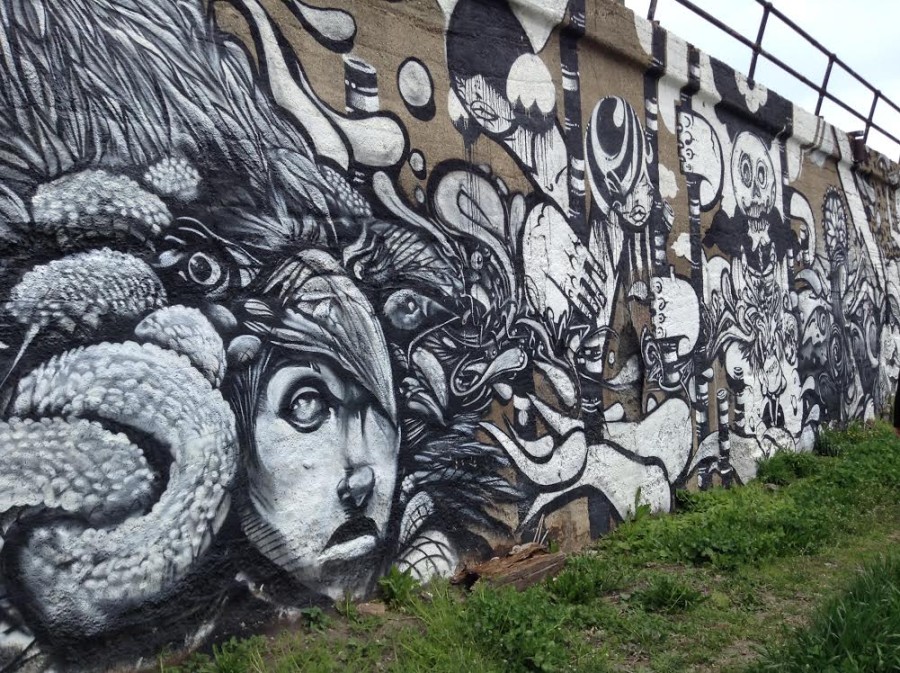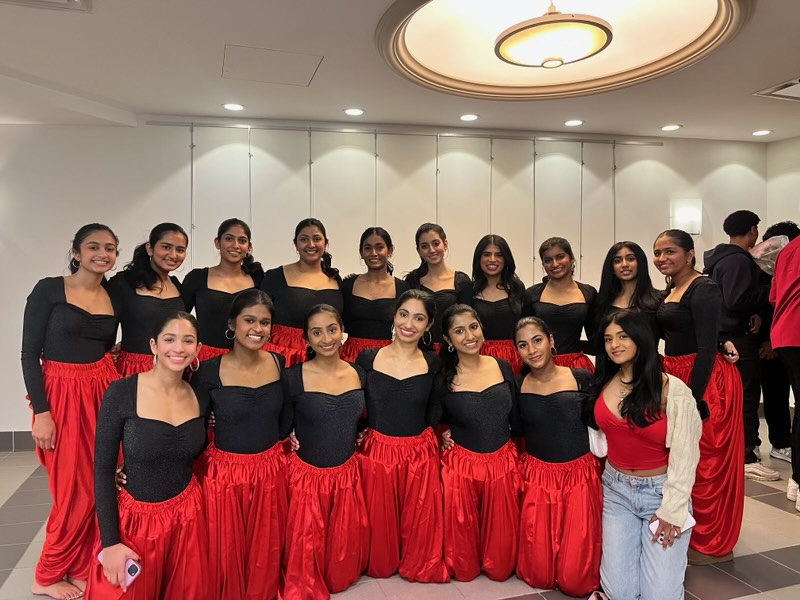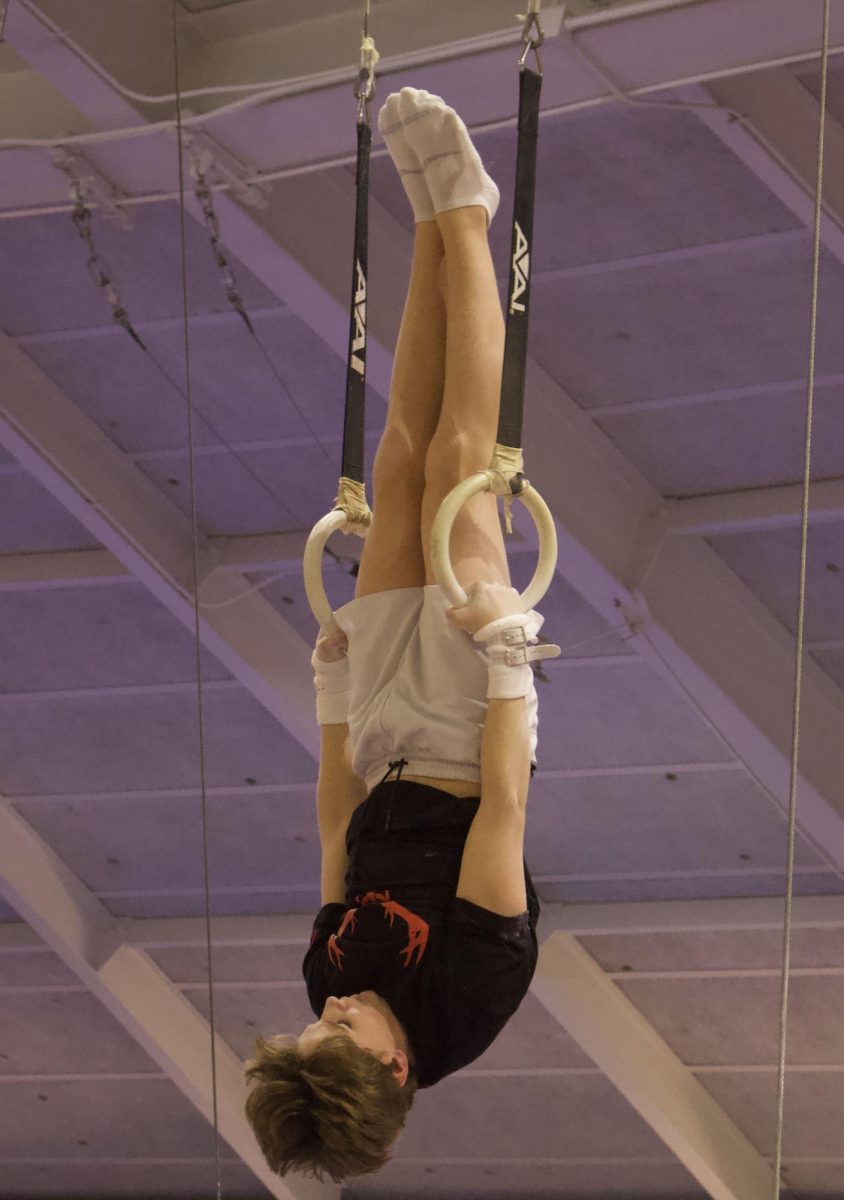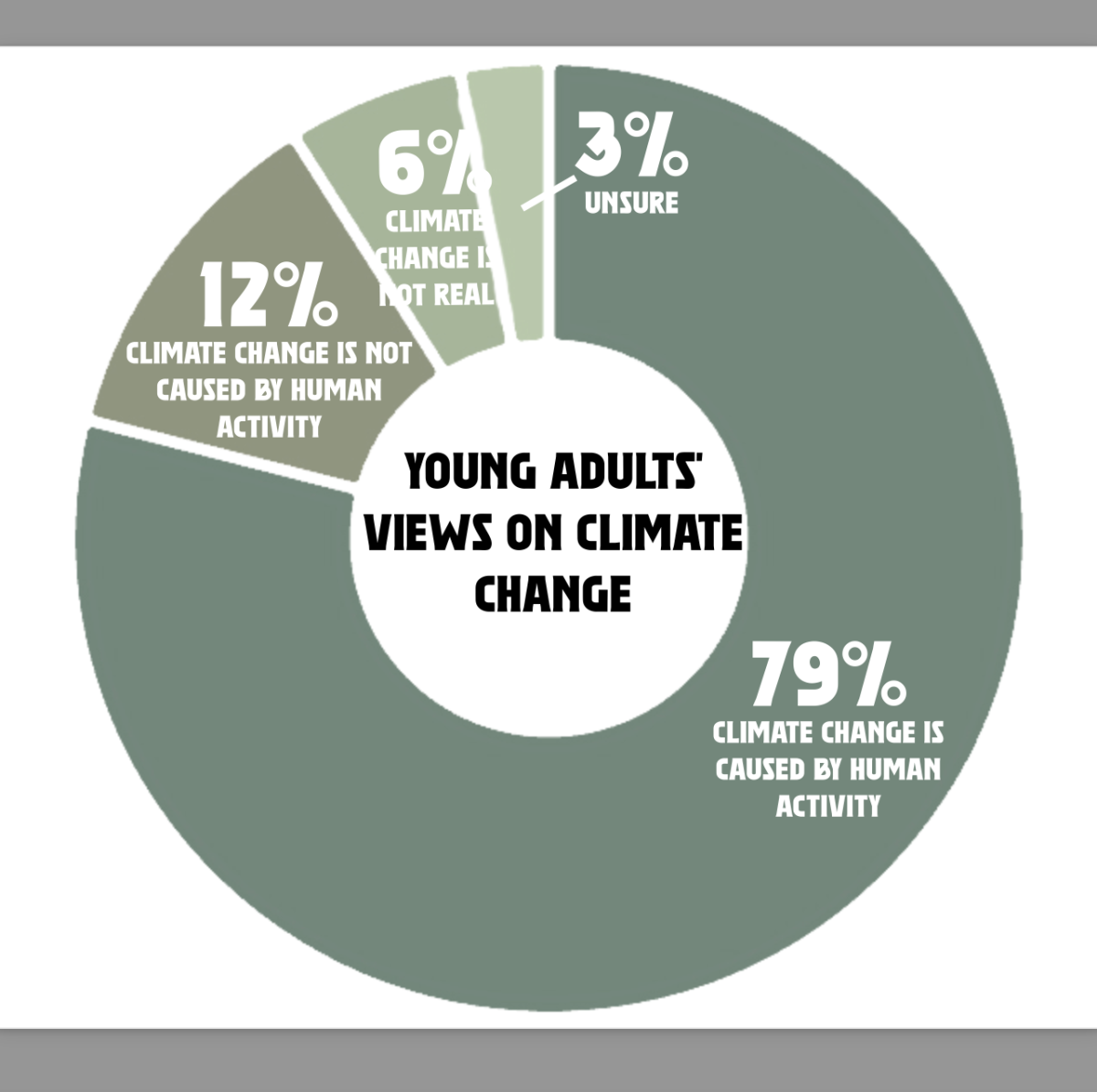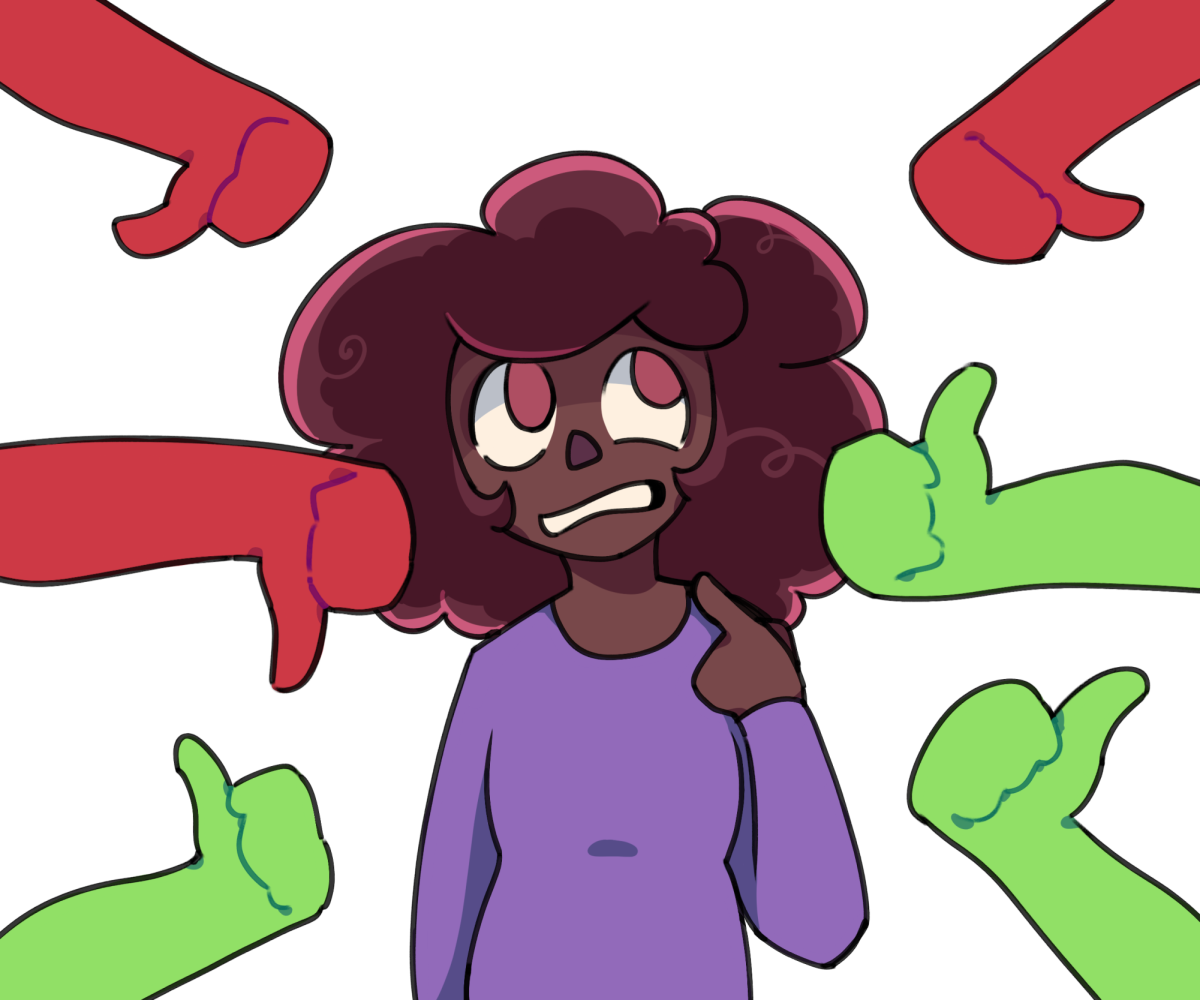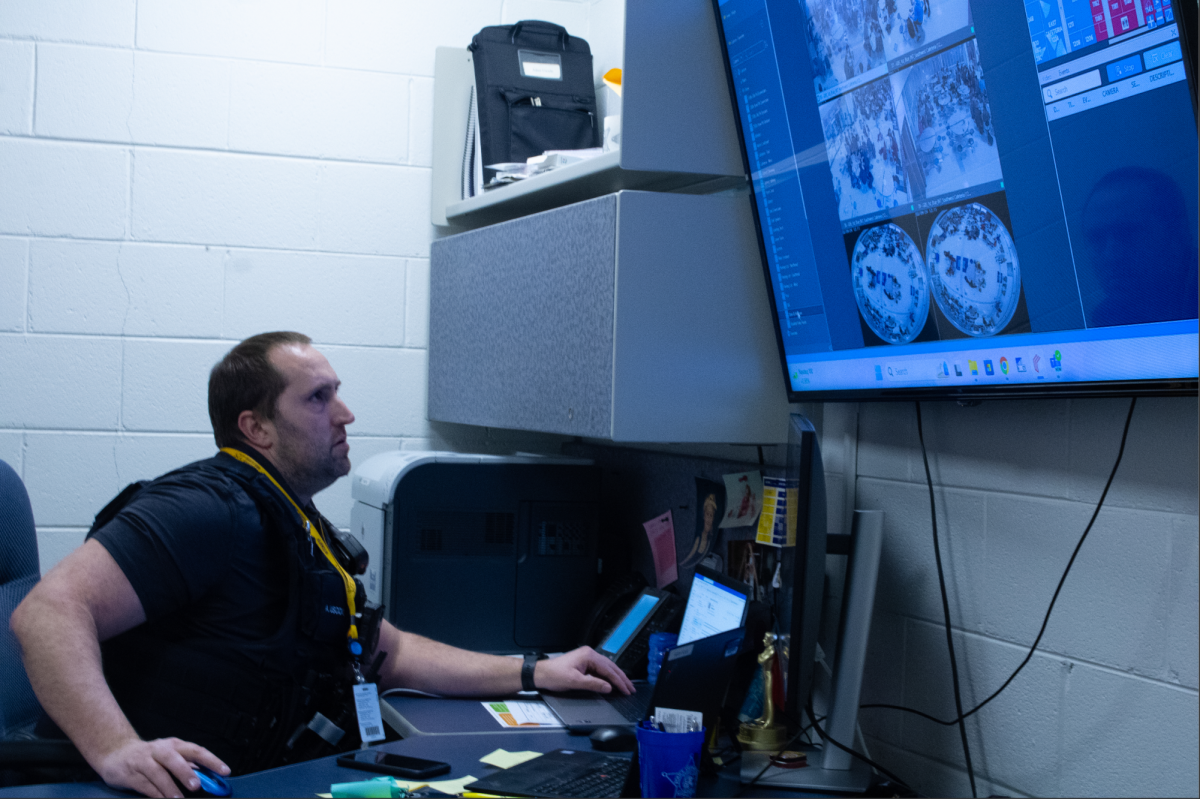As a way to make their mark on a town, some students at South artistically express themselves through an outlet that incorporates components of culture, color and creativity, yet is clouded behind illegality: graffiti. A plain wall presents little potential to the average person, but to graffiti artists, it is a canvas for self-expression.
According to cityofchicago.org, in a proposed amendment to the Municipal Code of Chicago, there will be an increase in vandalism fines, starting from $750 to no less than $1,500 for each offense, with higher fines for repeat offenders.
In Glenview since 1989, the village dedicates $8,000 to the removal of graffiti on public property, according to The Glenview Report.
Despite graffiti’s illegal nature and sparsity in Glenview, there are some South students who are inspired to spray their own works.
Senior Mark Conley* was one student who had previously explored the art of graffiti. He was first inspired by a movie he watched on graffiti.
“It started when I watched this one movie called Exit Through the Gift Shop about Banksy, who’s one of the most famous graffiti artists,” Conley said. “That’s what made me get interested in graffiti.”
Conley says that he was also influenced by the works of the Left Handed Wave, a Chicago graffiti artist, especially because his cousin was friends with the artist. This inspiration led Conley to not only “tag” and spray paint cartoons, but also to make vinyl stickers and t-shirts.
According to Conley, ever since his first graffiti work, he tried to go out every weekend. Although he occasionally went to Chicago, he mostly graffitied in Glenview.
“You don’t really see graffiti in Glenview or surrounding towns,” Conley said. “I just thought, ‘Hey why don’t I do it? Why don’t I start?’”
As one of the few graffiti artists in Glenview, Conley understands that graffiti is not a permanent art. Although his works were usually sand blasted off within one week, Conley continued to pursue his passion.
“I guess you could call it a hobby, something I really enjoy doing,” Conley said. “Part of it was that I like the thrill of it, instead of just day to day stuff that gets boring.”
Sophomore Zoe Ellis* is also a South graffiti artist. While excitement fueled Conley’s passion for graffiti, the meaning behind graffiti works is what motivates Ellis.
“What I do, I think, it’s kind of artistic, but it goes beyond art,” Ellis said. “It’s mainly just a really strong message. That’s why I like graffiti.”
According to Ellis, the fact that what she calls her “doodles with a strong meaning” can be exposed to a wider audience makes the art of graffiti special.
“It’s not just a specific audience like art shows at school where it’s only students that are going to see it,” Ellis said. “If you graffiti a building, then you never know who’s going to walk by that building.”
Ellis said that she wants more people to look at her works because she wants to see their reactions, and more importantly, she wants to connect with them. However, she does not let herself graffiti anywhere she wants.
“Besides an alley in a neighborhood that has graffiti all over it, I’ve never put graffiti anywhere where it could be considered vandalism,” Ellis said. “That’s why I don’t graffiti a lot, because I don’t want to damage anyone’s property.”
Many people believe graffiti is just a form of vandalism with no aesthetic or purposeful value, but Ellis begs to differ and enjoys making graffiti.
“I like graffiti more than I do it,” Ellis said. “I definitely think graffiti is not vandalism if people are actually interested in it. I find it very beautiful.”
Natalie Ingaunis, GBS art teacher, believes that there is a difference between graffiti as vandalism and graffiti as art.
“I think [graffiti is] another art form,” Ingaunis said. “I think it can be done right, and then there are wrong ways to do it, as well. An example of the wrong way would be just ‘tagging’ something that would be someone else’s property and is not thought-provoking or creative in a single symbol or something. But then there’s graffiti that can raise questions about society or how people feel about war, politics [and] all kinds of things.”





